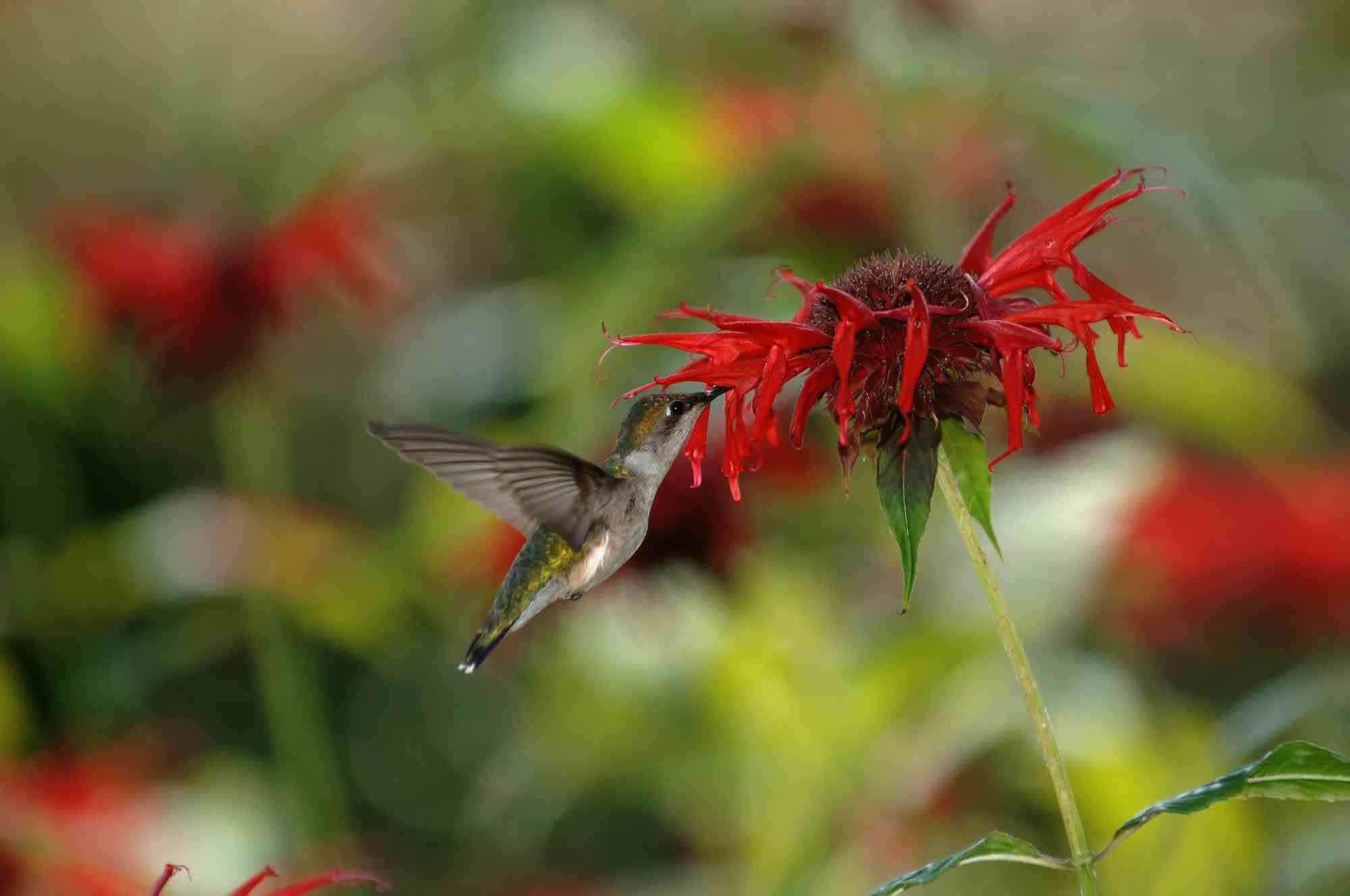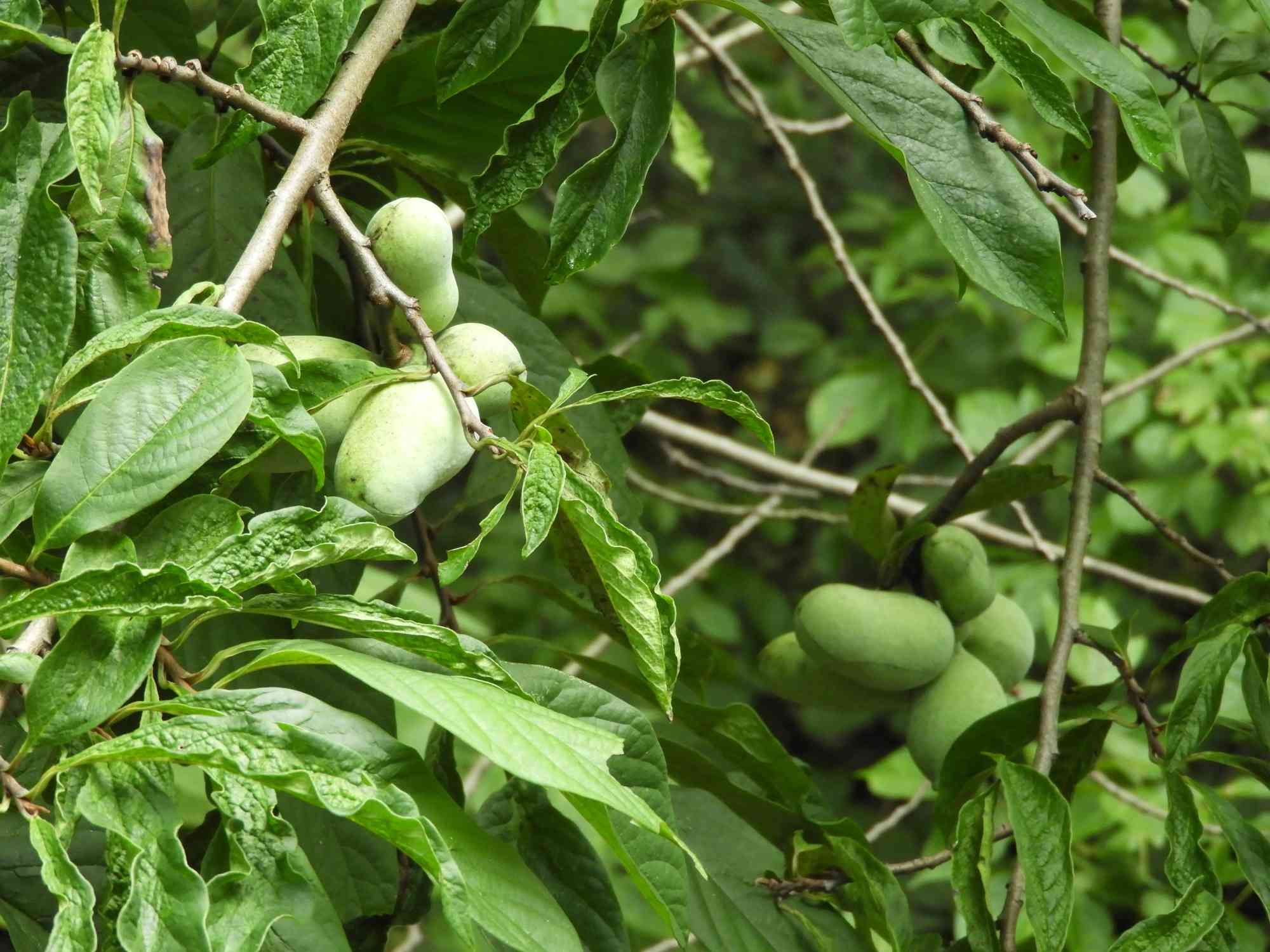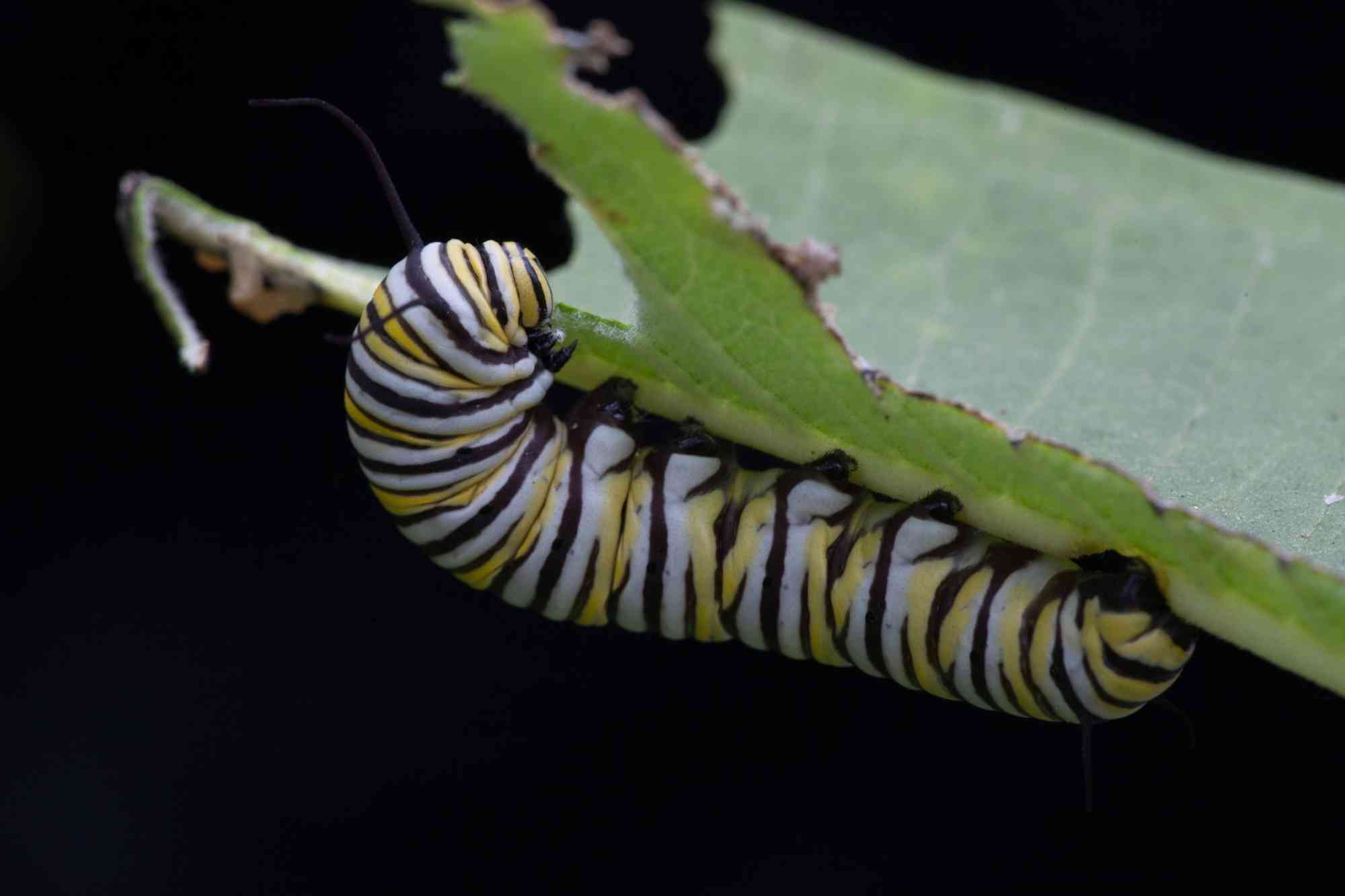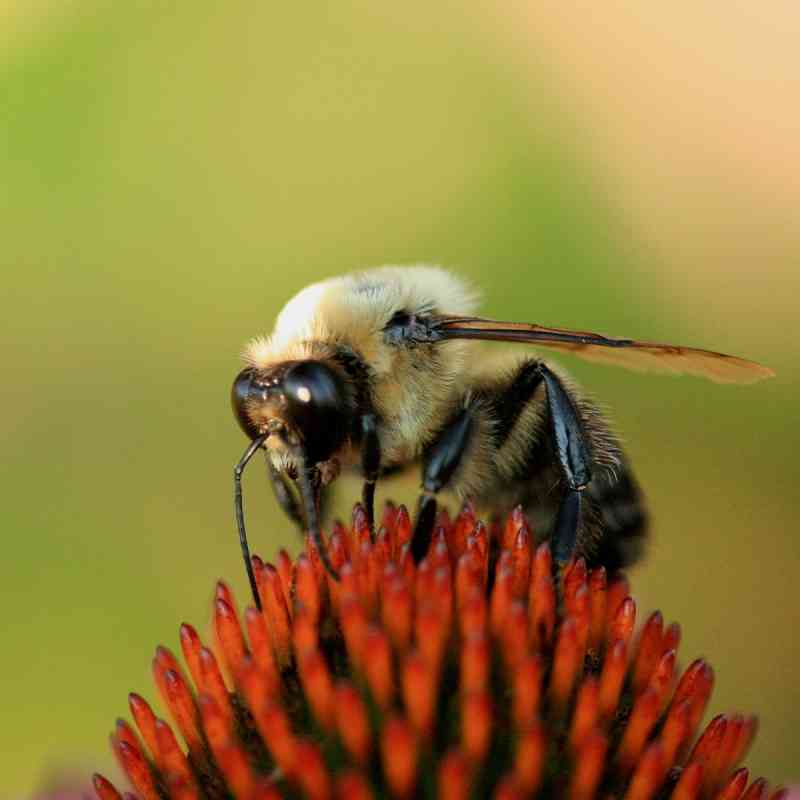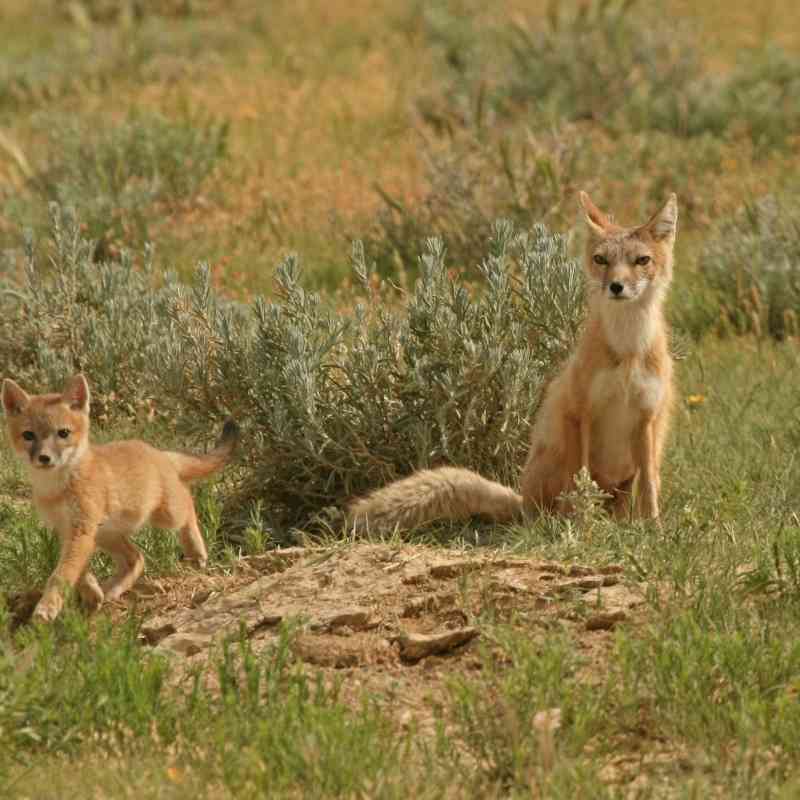Growing a Better Planet from the Ground Up
Wolves, polar bears, mountain lions. Many of us are eager to help the big, charismatic megafauna at the top of the food chain. This passion and excitement can also extend to the smaller creatures in the middle of the food web, from the herbivores eating grasses and shrubs to birds eating seeds and insects. But it’s also important to support the ground level too, the foundation of the food chain!
The things that feed the bugs that feed the birds that feed the wild, big cats, wolves and bears are the plants that evolved alongside the wildlife. That doesn’t mean just any plant, but native plants. Let’s look at what a native plant is, why native plants are important and the benefits of planting native plants.
What are Native Plants?
Native plants are those that have naturally grown and evolved in a particular place for a very long time. They are not plants brought to a new location by people. In the U.S., for example, plants that grew here before Europeans arrived are considered “native.”
Why are Native Plants Important?
Native plants are important because they support many native animals. Since the plants and animals evolved alongside each other, the latter have adapted to rely on the former for food and shelter.
A common example is a native tree vs. an exotic one. Many native trees, like oaks, can host hundreds of different caterpillar species, while exotic trees, like ginkgo trees, support less than 10 species. Caterpillars are the primary food source for many bird species, and it can take thousands of caterpillars a day to feed a single brood of chicks.
Another example of this in action is illustrated by the popular, but imperiled, monarch butterfly. These beautiful orange and black butterflies rely on specific, native milkweed plants to breed and host their young. From the time they hatch, monarch larvae depend on milkweed for shelter and the nutrients necessary to grow into the butterflies we know and love.
Benefits of Planting Native Plants
The benefits to using native plants for landscaping include a reduced need for watering and artificial fertilizer, which can lower water bills and cut costs for yard maintenance. This is because native plants are adapted to the timing of the seasons, harshness of the weather and water availability of the particular area they evolved within. They are also typically adapted to surviving local pests and, therefore, do not need chemical pesticides.
Planting a variety of native plants will invite a greater variety of insects, birds and animals to your yard. Monoculture — only growing one type of plant — can make a garden susceptible to diseases and pests. Different plants offer a variety of deterrents and barriers, while also attracting species critical to fostering a balanced, healthy ecosystem.
No matter your why, planting native plants in your garden is a win!
Author

Allison Cook
Areas of Expertise: Communications, writing for the blog and website
Allison joined Defenders of Wildlife in 2023 after working for Smithsonian's National Zoo and Conservation
comments
Wildlife & Wild Places

